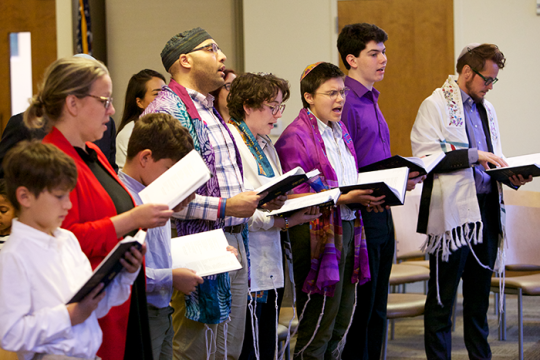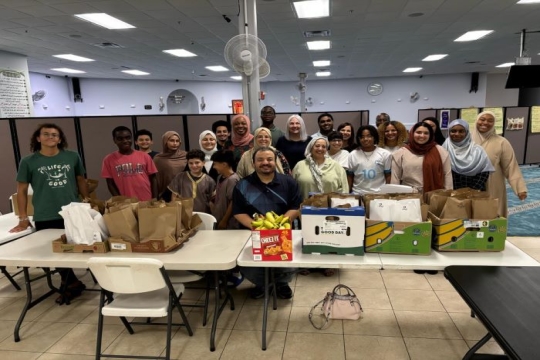
The COVID-19 pandemic has shone a bright spotlight on the deep structural racism in the United States. We have known that our Jewish community is not exempt from racism, even though we have always been multiracial.
The video below is a recording of a webinar exploring racial justice and observations from the field about how COVID-19 is impacting Jews of Color and Multiracial Jewish families. Presenters are Ilana Kaufman executive director of the Jews of Color Field Building Initiative; Angel Alvarez-Mapp, program and operations manager of the Jews of Color Field Building Initiative; April Baskin, racial justice director of the Jewish Social Justice Roundtable and diversity consultant with Joyous Justice; and Gamal Palmer, senior vice president of the Jewish Federation of Greater Los Angeles.
If we are serious about building a world that is just, we must hear the call of these four leaders and continue to center and commit to racial diversity, equity, and inclusion work personally, in our synagogues, and in our communities. Now is the time not to shrink in our pursuits but to affirm our Jewish commitment to racial justice and equity.
Have something to say about this post? Join the conversation in The Tent, the communications and collaboration platform for congregational leaders of the Reform Movement. You can also tweet us or tell us how you feel on Facebook.
Related Posts

Collaboration and Connection Power Small Congregations

How URJ Congregations Spark Change and Innovation

